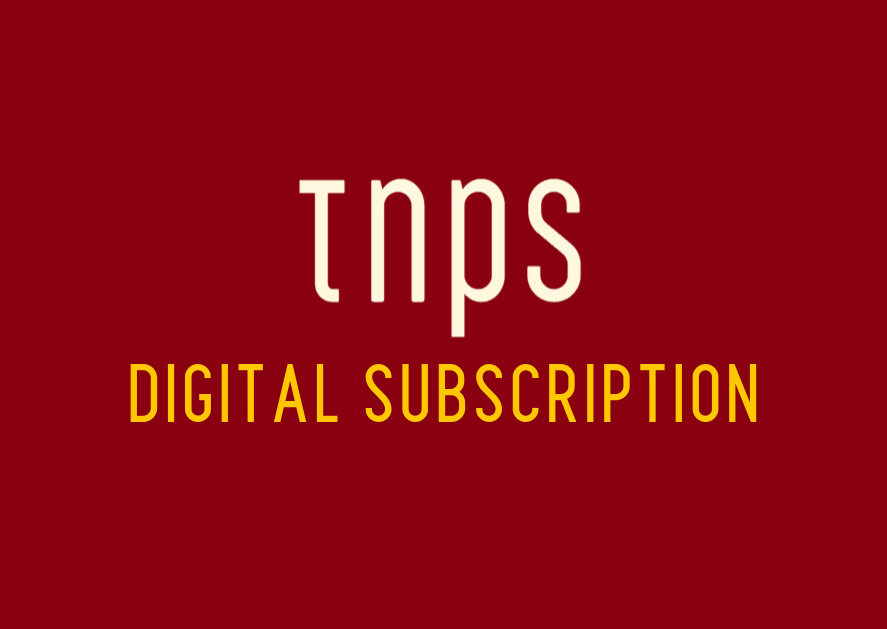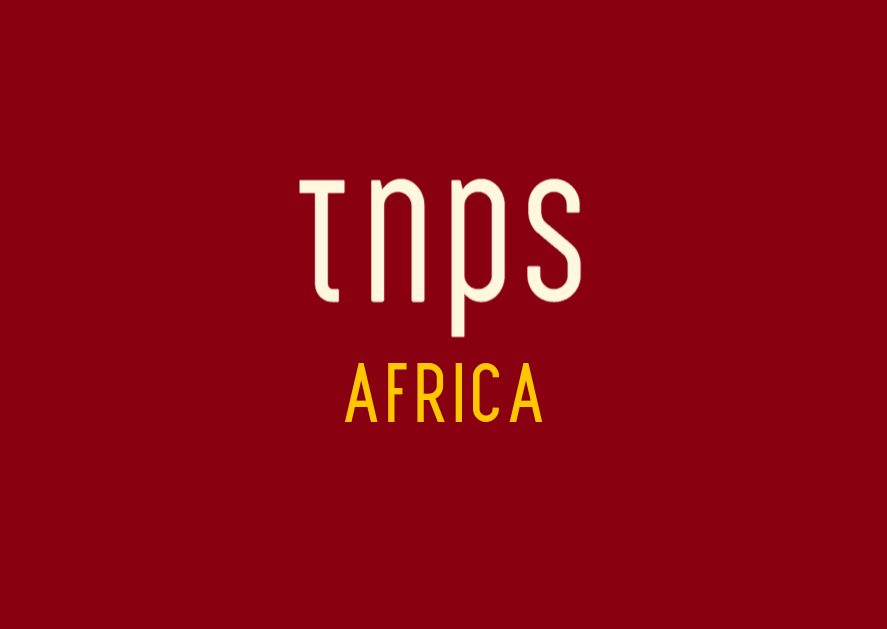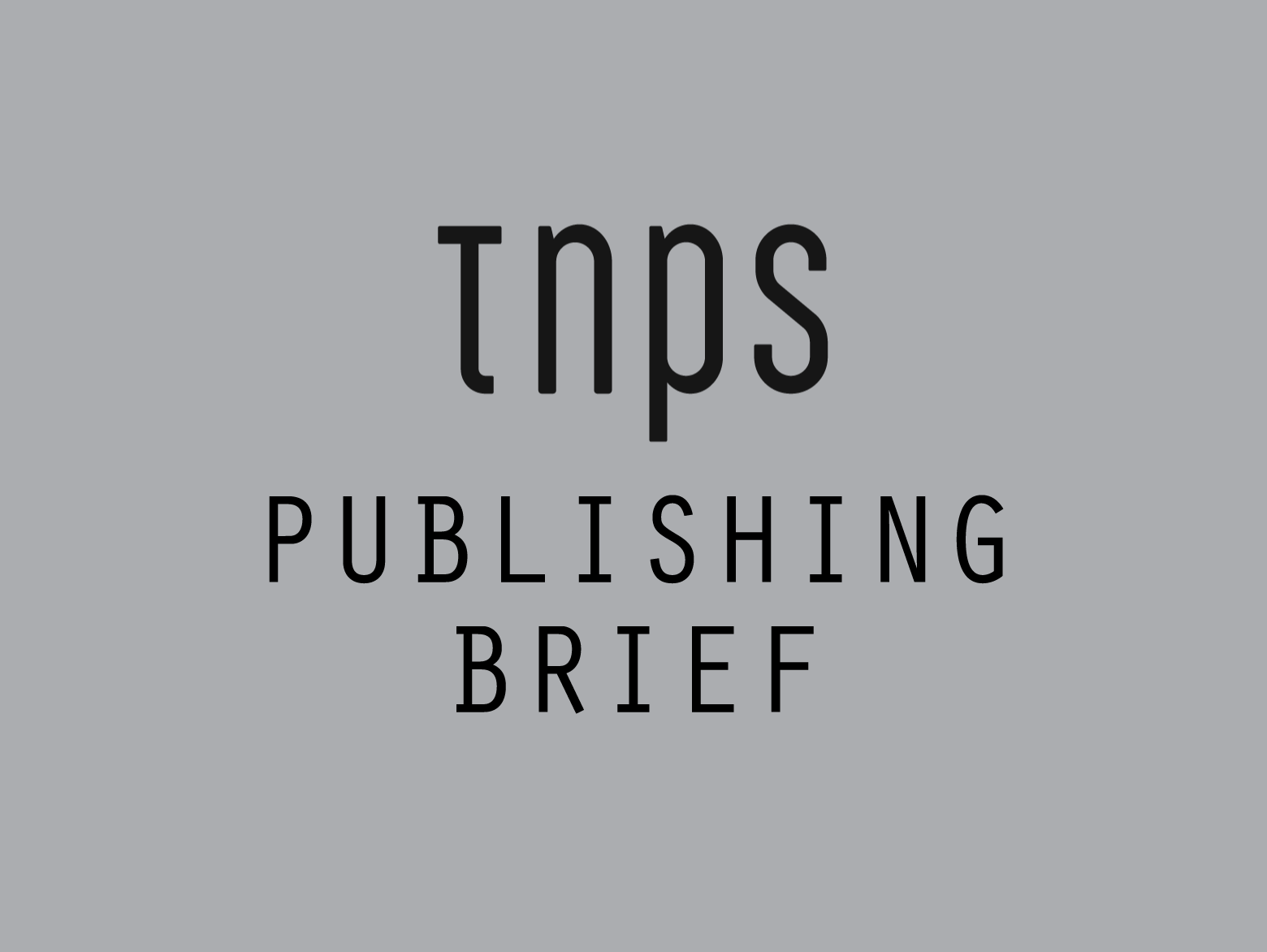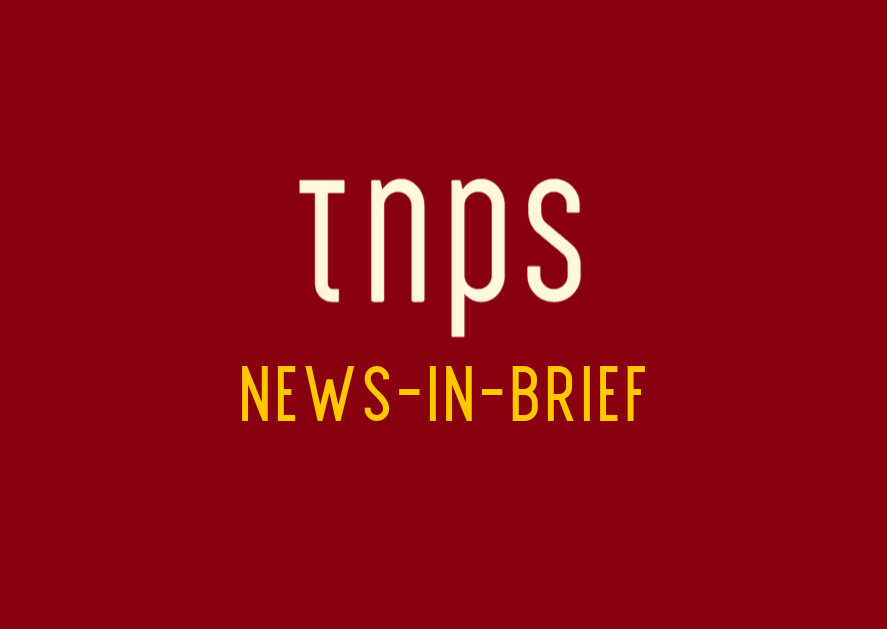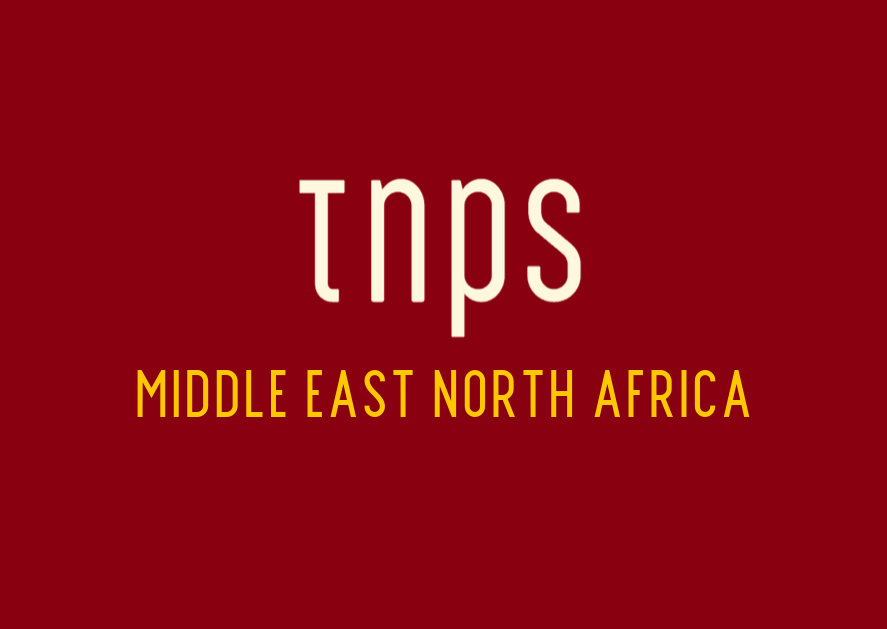We’ve long known the attraction of digital subscription books to consumers. But the benefits for publishers have been more challenging to quantify.
By definition, subscription is a counterintuitive notion for publishers, whereby a publisher can sell a single ebook for $10 or a single audiobook for $20 or let consumers read / listen to an unlimited number of ebooks for a token monthly sum, often lower than what a single book would cost.
Discoverability, backlist availability and various other benefits helped win publishers over, but the biggest carrot in the subscription operator larder has until now being at best occasionally dangled in front of publishers.
Data.
When a print book is sold it leaves the store and after that is anybody’s guess. Did they read it? Stick it on a shelf, unloved and forgotten? Rip the pages out one by one for toilet paper?
Did they read part of it and give up? Did they devour it in one sitting? Did they make notes on the pages?
With print books publishers can have no idea. With digital books the vendor will know all that and more. But sharing that data with the publishers who could then use that data to improve their operation? No way.
Until now, that is.
Bookbeat Insights is what Bookbeat is calling the tool that, if let loose outside the Nordics, threatens to transform subscription from a sideshow for publishers to a key strategic operation.
The data, after all, is likely to apply just as much to the print version as to the digital version of the title.
As Boktugg notes, the Norway-based subscription service facilitator Beat, headed by Nathan Hull, has long been touting publisher data as akey selling point, and when Denmark’s Gyldendal announced its subscription service it also made the point that date flowing to publishers would be a key point.
Boktugg explained:
BookBeat’s collaborative publishers have long been able to track their books’ daily consumption in the “BookBeat for Publishers” portal. Now the portal also launches a customer insight module – “BookBeat Insights”. In it, publishers can initially see their book’s ratings as well as the “finish rate”, a measure that indicates the percentage that completed a book by everyone who started the book. BookBeat also shows the average across different genres for comparison.
“This is part of a long-term initiative with the ambition that BookBeat will become the book industry’s foremost insight engine and answer the question of what people are really reading and listening to digitally,” Bookbeat writes in a press release.
Bookbeat’s Director of Business Development, Jeanette Löfgren, said Insights would be available to Swedish publishers from this month, and would be rolled out across Bookbeat’s international operations (UK, Germany, Finland and Denmark) in due course.

